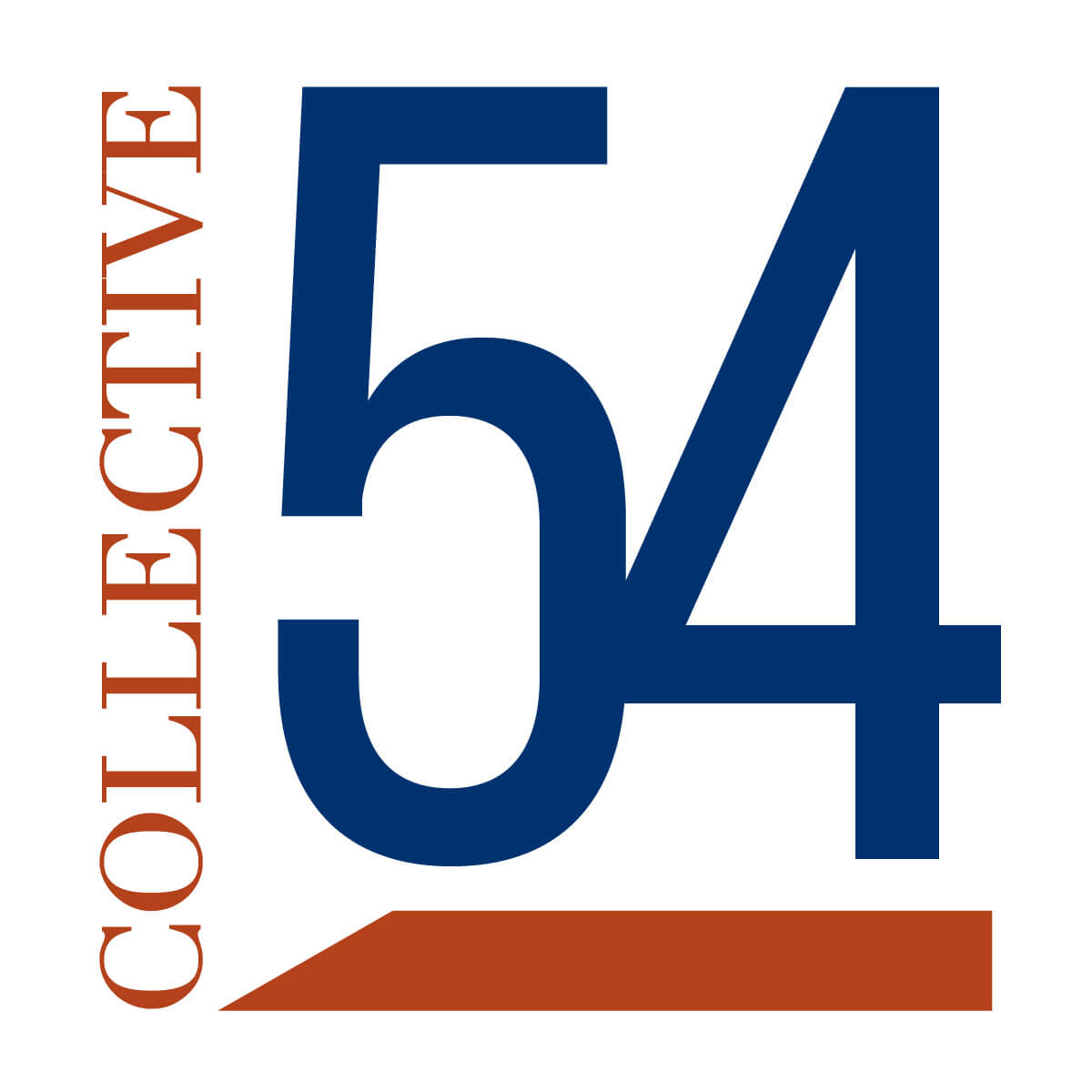Episode 160 – The Rise, Fall, and Recovery of a Consulting Firm – Member Case by Michael Ivie
Attend this session and learn how Phyton Consulting got to $3 million per month in revenue before their second birthday, crashed because of a Black Swan event, and executed a world-class recovery emerging stronger than ever. This session will help members identify risk, in all its forms, and develop a risk mitigation strategy to bulletproof their firms.



